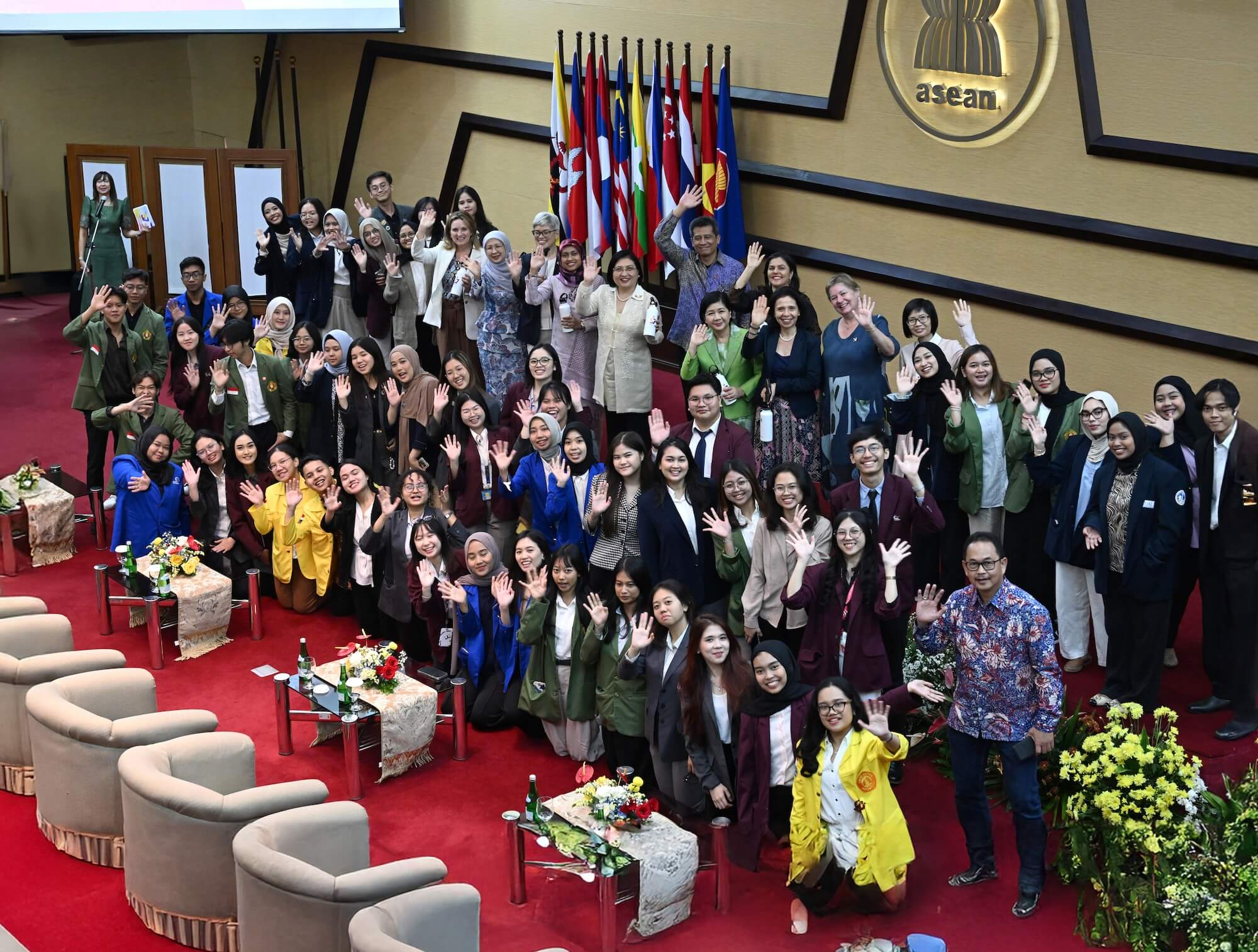




Millions of jobs will be lost across industries in ASEAN as we hurtle towards the Fourth Industrial Revolution (4IR). Numerous studies have predicted this, but is it an inevitable disaster? Will it derail the development trajectory of less developed economies?
Not necessarily, according to a new ASEAN study titled “Managing Technology’s Implications on Work, Workers, and Employment Relationships in ASEAN.”
The study noted that there are three technological trends and disruptions that ASEAN governments must address to ensure that their workforce is prepared for 4IR. These trends are changing the global work environment and provide a preview of what could be in store for us on a larger scale in the 4IR era.
First is the automation of routine-intensive work which has begun impacting the manufacturing, services, and retail sectors. Technologies such as 3D printing, cobots (collaborative robots), and sewbots (sewing robots) are now prevalent in many manufacturing subsectors, such as electronic and electrical as well as textile, clothing, and footwear. Cloud computing and artificial intelligence are also now increasingly used in the business process outsourcing industry.
While these automation technologies will increase productivity and profits, they are also expected to erode the region’s traditional competitive advantage: low-cost workforce. Fifty-six per cent of all jobs in five ASEAN Member States, namely, Cambodia, Indonesia, the Philippines, Thailand, and Viet Nam, are said to be at risk of automation in the next decade or so. Among the most vulnerable are workers in the garment industry of Indonesia and Cambodia, the automotive and auto parts manufacturing in Thailand, and the business process outsourcing sector in the Philippines and Malaysia.
Second, the shift to a knowledge-oriented economy requires a technologically competent workforce. As more industries turn to automation and digitalisation and with the emergence of frontier technologies, the demand for people with abilities to design, build, operate, manage, troubleshoot, and upgrade various technologies will increase. The International Labour Organization (ILO) estimated that ASEAN economies will create 14 million new high-skilled occupations by 2025. Whether ASEAN workers can match the skill requirements of these occupations remains to be seen. An ILO survey of 4,000 enterprises in 2016 painted a bleak picture—the region has a shortage of available skilled workers to operate new technologies, hampering technological adoption.
Ominous warnings about job displacement often fail to highlight the new forms of employment and work arrangement that can emanate from technological advancements. The rise of the platform economy portends this third important trend. Platform economy refers to commercial transactions mediated by digital or internet-based platforms. These platforms act as matchmakers between buyers and sellers, or clients/contractors and service providers.
In Southeast Asia, the most popular homegrown platforms are Grab and Go-Jek, which both started as ride-hailing apps but have since branched out to become multi-service platforms. Apart from these location-based platforms, cloud-based platforms such as Freelancer.com—in which work could be solicited and done remotely—are also gaining traction among young people in the region.
Platforms present a conundrum to governments as they do not conform to traditional forms of employment that are governed by existing laws. Platform companies are not regarded as employers since payment to service providers comes from clients and a portion of the fee goes to the platform. Yet, some platform companies act like employers in that they set the base pay, provide bonuses or incentives, and can discipline erring service providers. On the other hand, service providers also do not strictly qualify as self-employed workers because their fee is often determined by the client and/or platform and their ability to secure more work and receive incentives depends on customer reviews and ratings which are often posted on the platforms. Given the peculiarities of platform work, the following worker-related issues have emerged: Who should take responsibility for workers’ social protection and welfare? Do platforms entice workers away from formal employment which is regulated and guarantees social protection, or do they give otherwise fragmented, self-employed workers an opportunity to connect, organise, and bargain collectively? Does platform work benefit only those with access to technology and have digital skills?
The study mentioned several ASEAN declarations that provide the broad strokes of how Member States intend to respond to these ongoing technological developments and challenges. In the ASEAN Declaration on Strengthening Social Protection, for instance, Member States expressed their commitment to expanding the coverage and improving the quality of their social protection programmes. Similarly, in the Vientiane Declaration on Transition from Informal Employment to Formal Employment towards Decent Work Promotion in ASEAN, Member States committed to strengthening their human resources policies and programmes, particularly in the areas of technical vocational education and training, skills development, and lifelong learning.
The study said that Member States must hunker down to translate these commitments into concrete actions and must be pursued in cooperation with businesses, trade unions, and civil society in order to succeed.
One action that Member States can take is to delineate the responsibility for welfare provision. A universal model of social protection, one that is not tied to a person’s employment status or on traditional employer-employee relationship, is ideal. However, given the different fiscal capabilities of Member States, some should consider a “hybrid strategy that entails universal provision of some benefits, while holding employers or technology intermediaries, and workers themselves accountable for others.”
Another measure is to treat formal education and skills training as part of a continuum rather than as two separate activities. This system requires the integration of digital and 21st-century skills in basic education and industry-led programmes for skilling, reskilling, and upskilling workers. This will ensure that workers can quickly adapt to shifts in technology.
Meanwhile, to maximise the gains from the rising platform economy and minimise the adverse effects on workers, the study said that Member States must carry out a number of interventions. One of these is to explore the possibility of imposing taxes on the platforms’ profits which can be earmarked for workers’ welfare, and/or the viability of mandating platform firms to contribute to social protection schemes for platform workers.
Other measures include recognising the rights of platform workers to organise and enter into collective bargaining in the absence of legislation governing platform employment, and ensuring that female platform workers have equal access to work opportunities and are not discriminated against in terms of work conditions and pay.
For Member States to develop informed policies on the platform economy, the study further recommended that governments generate relevant data on platform workers, such as their working hours, earnings, occupational safety, and health. This may be done through data-sharing arrangements between the public and private sectors and by including a new module in the country’s labor force survey. The data collected can be the basis for establishing formal legal categories for platform economy workers and determining the effectiveness of using platforms as a site for collecting appropriate revenue and social security contributions from platform users and workers.
If Member States carry out these interventions, they can turn technological threats into opportunities and offset the potential negative impact of technology on the labour and employment sector.
The study is set to be released this 2020.








